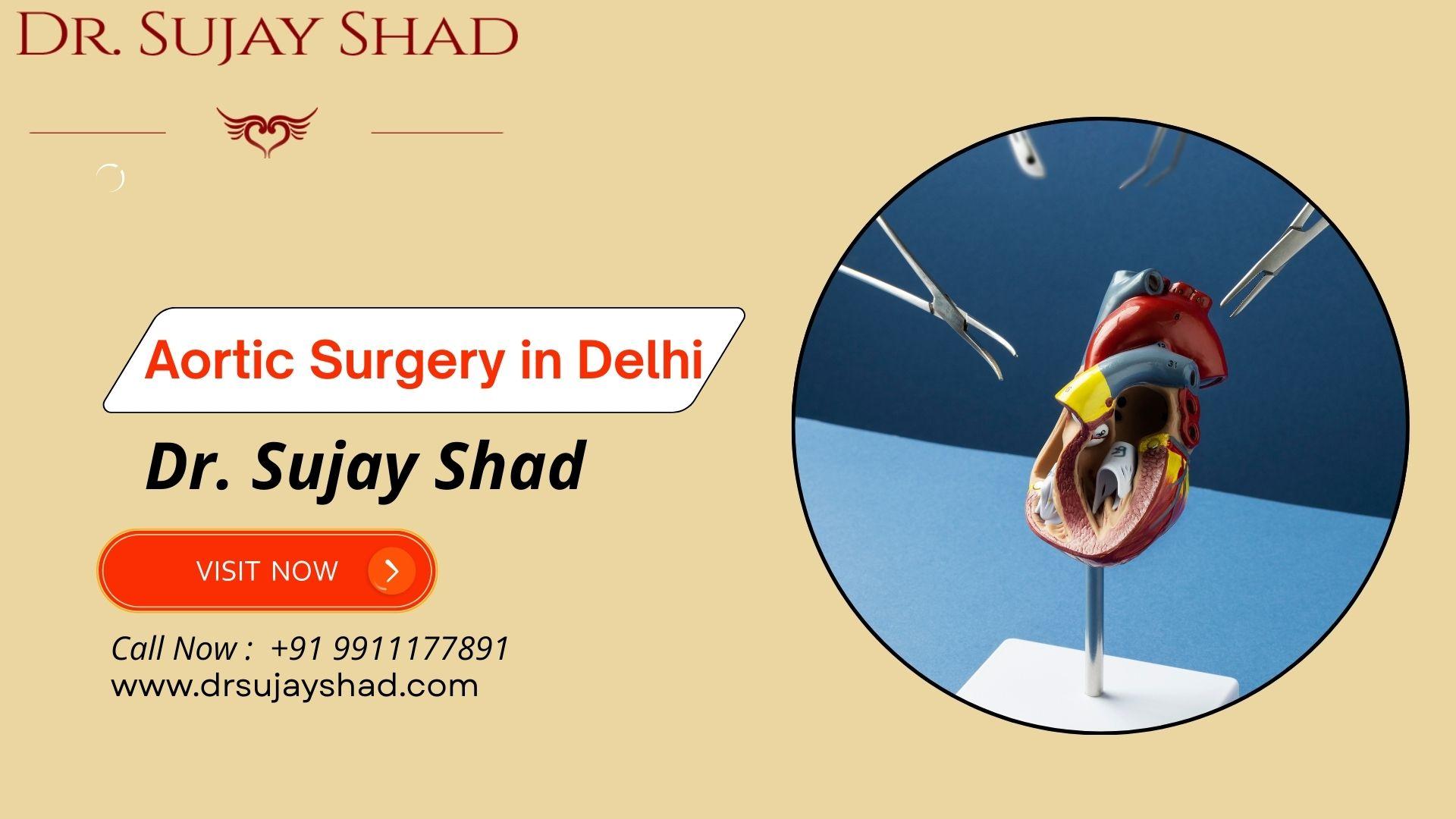Guide to Aortic Heart Surgery

The aorta, the largest artery of our body, takes oxygen-rich blood from the left chamber of the heart and mixes it in the systemic circulation. It has a valve in its initial part to ensure blood flow only in the direction out of the body. In some people, this valve gets diseased or damaged, or the aorta itself gets bulged, torn, or damaged. Thankfully, Aortic Surgery in Delhi works in addressing these issues through repair or replacement. The operation is executed either through the traditional open-heart approach or advanced minimally invasive approaches like TAVI or TAVR.
Here, we have prepared a guide to aortic heart surgery. It contains all the necessary information to assist you in being ready for your upcoming surgery and taking proper actions, wherever required.
-
Pre-Operative Appointment
During the meeting, the surgeon reviews medical records and checks on the current health status through physical exams and pre-operative evaluation tests. It is important to stop certain medications, especially blood thinners, and come clean on the surgery day.
-
The Day of Surgery
An anaesthesiologist provides general anaesthesia. After anaesthesia starts to work, the surgeon makes either a single big cut in the chest or small, multiple cuts, based on the chosen surgical approach. The heart is made to stop pumping temporarily while the blood is made to circulate through a heart-lung bypass machine.
For an aortic valve repair, the surgeon may use surgical instruments to patch up the holes in the valve, restructure the valve, or separate fused valve leaflets. For an aortic valve replacement, the surgeon removes the damaged or diseased valve and sews in its place a biological or mechanical valve. In case of aortic dissections, the surgeon performs open surgical repair by removing the damaged part of the aorta and sewing in its place a leak-proof tube. Endovascular aneurysm repair involving the use of a catheter and stent graft is performed by the surgeon to address an aortic aneurysm.
After the repair or replacement is done, the heart is made to restart and the heart’s working is closely monitored before putting off the heart heart-lung bypass machine and closing incisions with sutures/staples.
-
Recovery
Initially, stay in the intensive care unit is required, followed by regular recovery room. During the hospital stay, the recovery involves close monitoring of vitals, medications, and rehabilitation. Typically, after a few days of stay, the healing phase continues at home. It is strictly recommended to follow all aftercare instructions provided by the surgeon to get expected outcomes without complications.
For further information about the surgery, feel free to contact Top Heart Surgeon in Delhi, Dr. Sujay Shad. As the leading heart doctor he also specializes in Heart Transplants, Coronary Bypasses, HOCM, and Mitral Valve repairs and replacements, and also in the comprehensive management of Heart Failure patients. Consult him for details.
- Seo
- Art
- Causes
- Crafts
- Dance
- Drinks
- Film
- Fitness
- Food
- الألعاب
- Gardening
- Health
- الرئيسية
- Literature
- Music
- Networking
- أخرى
- Party
- Religion
- Shopping
- Sports
- Theater
- Wellness
- Business & Money

